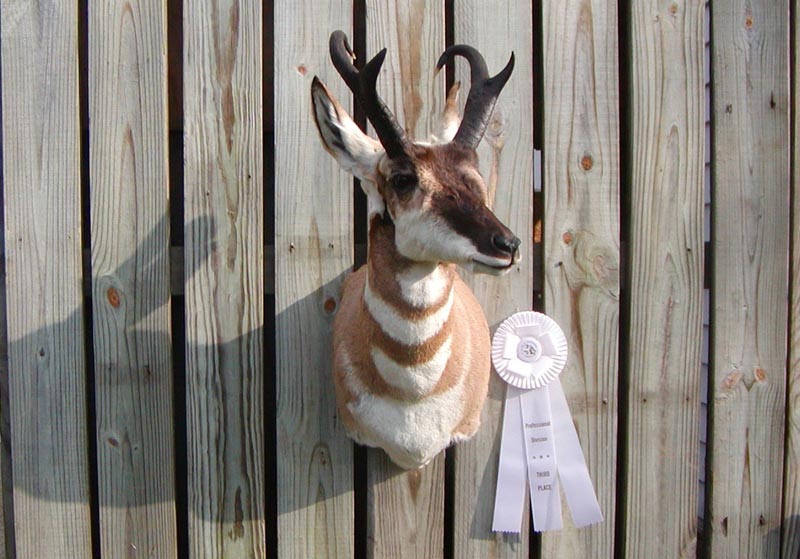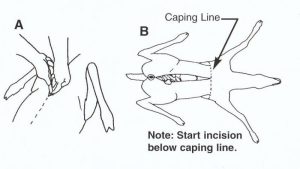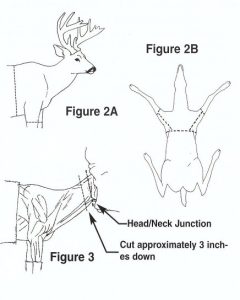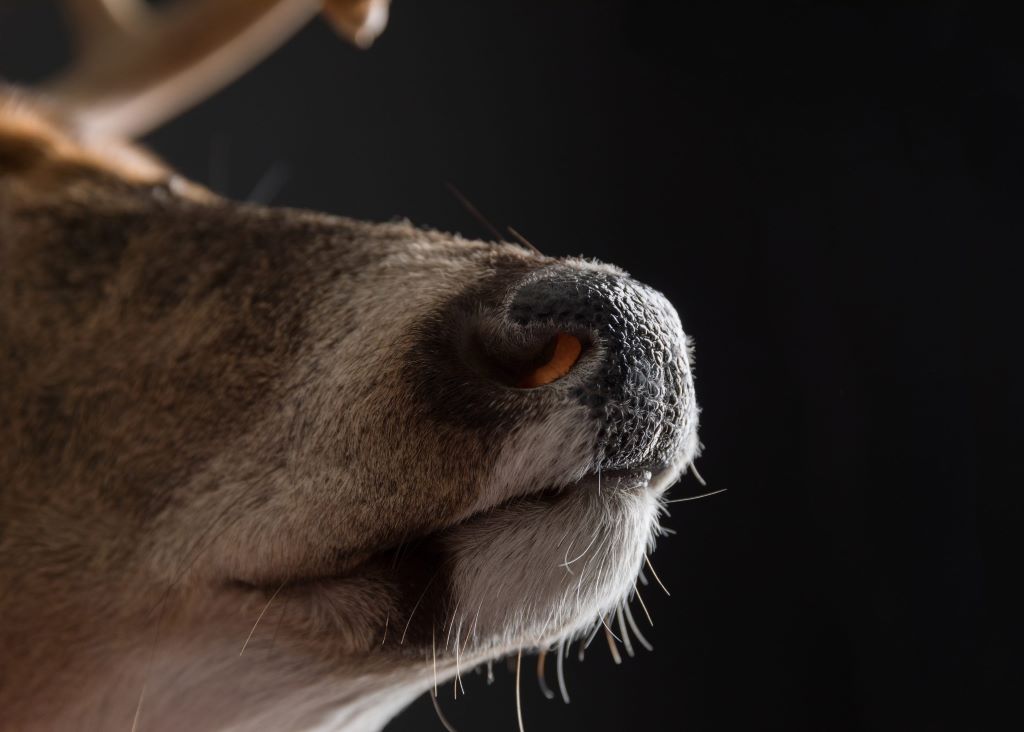© 2025 Anything That Moves Taxidermy
Website & SEO By: MI Digital Solution
At Anything That Moves Taxidermy, we believe that creating a quality mount starts long before your trophy reaches our studio. Proper field care plays a major role in preserving the beauty, detail, and integrity of your animal. By following a few important steps, you can help ensure the final result is everything you envision — lifelike, lasting, and true to your memory.

Avoid making unnecessary cuts to the hide, and if possible, prevent rub marks caused by dragging wild game. If you’re unable to bring your trophy to a taxidermist promptly, it’s recommended to freeze it in a plastic bag, skin side out, with as much air removed as possible to allow it to freeze flat. For small game animals like coyotes or foxes intended for life-size mounts, freeze the entire animal whole in a bag without skinning.
When handling birds, extra care should be taken to protect the feathers. In the field, place the bird into a woman’s nylon stocking, tucking the head gently under one wing. Insert your hand into the nylon, grab the bird from the front by the wings, and carefully pull the nylon over the bird to keep the feathers lying tight to the body. Then place the bird in a plastic bag and freeze it until it can be brought in for mounting.

The process of skinning out a trophy animal, is best left to the taxidermist. Their experience skinning, especially the delicate nose, mouth, eyes, and ears is invaluable toward producing a quality mount. Damage to a hide is costly to repair. Some types of damage simply cannot be “fixed” by the taxidermist. Most trophies are ruined in the first few hours after death. As soon as the animal dies, bacteria begins to attack the carcass. Warm, humid weather accelerates bacteria growth. In remote areas, or areas not near your taxidermist, a competent person may be required to cape out the hide in order to preserve it. Every taxidermist has a preferred method of caping a hide. Contact your taxidermist prior to your hunt in order to get instructions on their caping requirements. However, the following techniques are generally acceptable.

Flat Incision:
This method is used for rug mounts and for a variety of purposes. The areas to be cut are shown in this image. Make these slits (cutting the feet free from the carcass) and pull the skin of the carcass. The head is detached as with the shoulder mount. Note: if you can’t take your hide immediately to a taxidermist, freeze it to your taxidermist’s specifications.
Dorsal Method:
This method of skinning involves a long slit down the back from the tail base up to the neck. The carcass is skinned as it is pulled through this incision. The feet/hooves and the head are cut from the carcass as with a shoulder mount explained later. Only use this method with approval and detailed instruction from your taxidermist. Use this method only when the skin can be frozen quickly after skinning.

Note: When field dressing a trophy to be mounted, don’t cut into the brisket (chest) or neck area. If blood gets on the hide to be mounted, wash it off with snow or water as soon as possible. Also, avoid dragging the deer out of the woods with a rope. Place it on a sled, rickshaw, or 4-wheeler. The rope, rocks, or a broken branch from a dead fall can easily damage the fur or puncture the hide. If you need to drag it out with a rope, attach the rope to the base of the antlers and drag your trophy carefully.
Note: Because of the various diseases that wild game can transmit to humans, always use extreme caution when handling the carcass. Use rubber or latex gloves and thoroughly wash your hands with soap and water after handling.
Animals which are coyote sized or smaller, should not be skinned unless by professional. Don’t gut the animal. Small mammals, especially carnivores, will spoil quickly because of their thin hide and bacteria. If you can’t take the small game animal immediately to a taxidermist, as soon as the carcass cools completely, put it in a plastic bag and freeze it. With the epidemic of rabies evident in many areas of the country take every safety measure necessary when handling your game.
Do not gut the bird! Rinse off any blood on the feathers with water. Take the bird immediately to your taxidermist or freeze it. Put the bird into a plastic bag for freezing being careful not to damage the feathers, including the tail. If the bird’s tail feathers do not fit in the bag do not bend them. Let the tail stick out of the bag and tie the bag loosely.
Do not gut your fish. If you cannot take your fish immediately to a taxidermist, wrap it in a very wet towel and put it in a plastic bag, making sure all the fins are flat against the fish’s body (to prevent breakage), and freeze it. A fish frozen with this method can safely be kept in the freezer for months.
Note: A fish will lose its coloration shortly after being caught. A good color photograph immediately after the catch may enable the taxidermist to duplicate the natural color tones of that particular fish.
Tips: Always have the appropriate tags with your trophies when you take them to your taxidermist. Do not cut the ears for attachment.
Songbirds, eagles, hawks, and owls are protected by Federal Law and cannot be mounted unless with special Federal permit.
For situations where you are hunting with no available taxidermist or freezer, ask your taxidermist about the proper techniques to skin out the entire cape (including the head) and salting the hide. This is the only method in remote locations that can preserve your hide for later mounting.

Click the link below or give us a call or text us (248) 343-2011
© 2025 Anything That Moves Taxidermy
Website & SEO By: MI Digital Solution